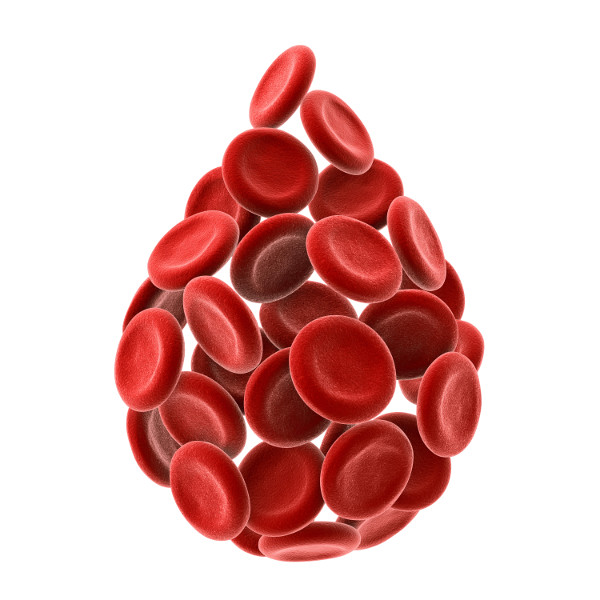The Implant Metals Panel is a blood test that measures the circulating levels of the six most commonly used metals for implants. The use of dental implants has helped preserve the integrity of jaw bones, and metal orthopedic implants have also improved the quality of life for many people. It has proven to be a daunting task to develop very durable and biocompatible materials for the devices, and the released metal debris may cause very localized as well as systemic adverse effects. Many patients suffer from the consequences of the released metal debris and the onset of symptoms can be “silent. “ Annual assessment of the levels of implant metals even in asymptomatic patients can be useful for preventive purposes.
This test may be helpful for those who have:
- Dental Implants
- Orthopedic Implants
- Metal on Metal Orthopedic Prosthetics
The implant metals can be released by electrochemical corrosion, as is the case for titanium (TI) and Ti-alloys (nickel and vanadium), even when the Ti or Ti alloys are completely embedded in bone. Titanium has been long regarded as an inert biocompatible metal due to its corrosion resistance. However recent studies have shown that Ti and vanadium (V, minor component of Ti alloys) from non-bearing implant components can be released with potential consequential effects both locally and systemically. Ti may have adverse effects in blood, fibrotic tissues and osteogenic cells after transport through the circulatory or lymphatic systems. In a well-designed long-term animal model corrosion-released Ti increased blood Ti levels, and Ti concentrated primarily in the spleen and lungs to a lesser extent in the heart, kidneys and liver. There is a dearth of clinical data regarding potential adverse health effects of constant exposure and net retention of Ti. Vanadium is a minor constituent of titanium-aluminum-vanadium alloys used in some implants, and blood levels of V may be persistently higher than normal with Ti-alloy implants. In an extreme case markedly elevated blood V levels were associated with sensory-motor axonal neuropathy and bilateral sensorineural hearing loss. The patient did not have Ti alloy bearing surfaces but did suffer from a broken Ti alloy femoral stem. Nickel-containing Ti-alloys (about 50:50) have been used in the past primarily in dentistry. Much concern has been raised regarding the established cytotoxic, allergic and genotoxic activity of Ti-Ni alloys.
There is much greater release of metal debris from wear of metal-on-metal (M/M) orthopedic prostheses. Until very recently the majority total hip arthroplasty (THA) prostheses consisted of pairings of alloys of cobalt (Co), chromium (Cr), and molybdenum (Mo) for the acetabular cup and femoral head (Co:Cr:Mo about 60:30:7). The femoral head is attached to a femoral stem that is composed of Ti or Ti alloys. It is well established that the circulating levels of Co and Cr will be elevated indefinitely in all M/M THA patients. Further, Ti levels will also be elevated even when only the femoral stem is composed of pure Ti or a Ti alloy. A pattern of elevated blood Co, Cr and Ti is most common even in asymptomatic M/M THA patients. Local metallosis can cause pseudotumors (inflammatory soft tissue mass), decreased viability of osteoblastic bone marrow cells, osteoclastic bone resorption (release of lead), necrosis, and infiltration of macrophages, eosinophilic granulocytes and lymphocytes. The released metals may cause very significant damage to involved bone and soft tissue that too commonly causes misalignment and greater wear of the metal surfaces. Systemically elevated circulating and retained tissue levels of the metals, especially Co, can impair hepatic Phase I and II detoxification, induce excessive oxidative stress, compromise glutathione status and adversely affect redox potential. Signs and symptoms of arthtroprosthetic cobaltism include visual and auditory impairment, tinnitus, vertigo, cardiomyopathy, cognitive dysfunction /dementia, mood disorders, hypothyroidism, peripheral neuropathy and skin rashes. There are several case reports regarding neurotoxicity and cardiomyopathy associated with the disseminated metal debris, particularly Co. The American Academy of Orthopaedic Surgeons generally recommended assessment of circulating levels of Co and Cr for all M/M THA patients annually (asymptomatic), and every four-six months with mild symptoms.
Turn Around Time
5-7 days
(May take longer based on weather, holiday or lab delays)



